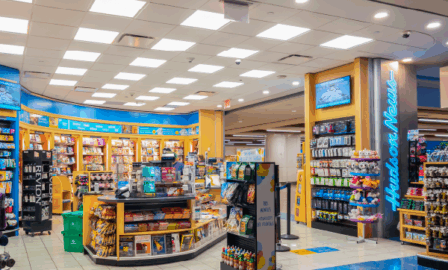2013 CP Trends – The Retail Perspective
This is the second post in a 4-part series, highlighting the trends outlined in Clarkston’s 2013 Consumer Products Trends Report and discussed in our 2013 Consumer Products Trends Webcast. The report drills down into the key stakeholders for Consumer Products companies – Suppliers, Consumers, Retailers and Stockholders. Today, were focusing on Retailers. Over the past few months, Clarkston has been working on a research initiative to analyze the current state of the retail environment and how its rapid evolution is changing the way consumers shop. Simply, the internet retail format is cannibalizing traditional stores’ sales and tipping the balance of power in the retail value chain. Of particular emphasis has been to gain a better understanding of how this evolution will impact Consumer Products companies, their go-to-market strategies and opportunities to improve consumer engagement and brand loyalty. With this evolution in mind, I have outlined below a few quick thoughts on the retail environment and the potential impacts on the manufacturer/retailer relationship.
The Changing Retail Landscape
The average American Customer Satisfaction Index score for online retailers is 11 points higher than their brick-and-mortar counterparts. With eCommerce approaching $200 billion in annual sales, the coming year will see a continued evolution of the shopping experience, with a huge impact on traditional retailers and, perhaps, an even greater opportunity for consumer products manufacturers.
Trading Up – Trading Down
Growth in retail is being seen in two segments, both at the high-end in luxury categories catered towards the affluent consumer and at the low-end with those focused on value. Manufacturers should consider this dynamic in determining the right mix of SKUs across their portfolio and their corresponding pricing strategies – avoiding the dilemma of being ‘stuck in the middle’ in the eyes of the consumer.
Evolution of Store Brands
According to the NPD’s market research report, while private label’s share of household servings has increased from 18% to 27% over the past decade, satisfaction with these products has dipped in recent years. To take advantage of this, Consumer Products manufacturers will need to continue to invest in innovation as a means to drive growth and to ensure differentiation against retail store brands. In light of this rapid evolution, I would ask you to consider the following: * Are you effectively leveraging retailer data and using it to drive mutual benefit for you and your retail partners? * Are you collaboratively working with your retail partners to develop the most effective and optimized promotion strategy? * Have you identified which of your retail customers are transactional vs. collaborative vs. transformational, employing different strategies and service levels for each group?



